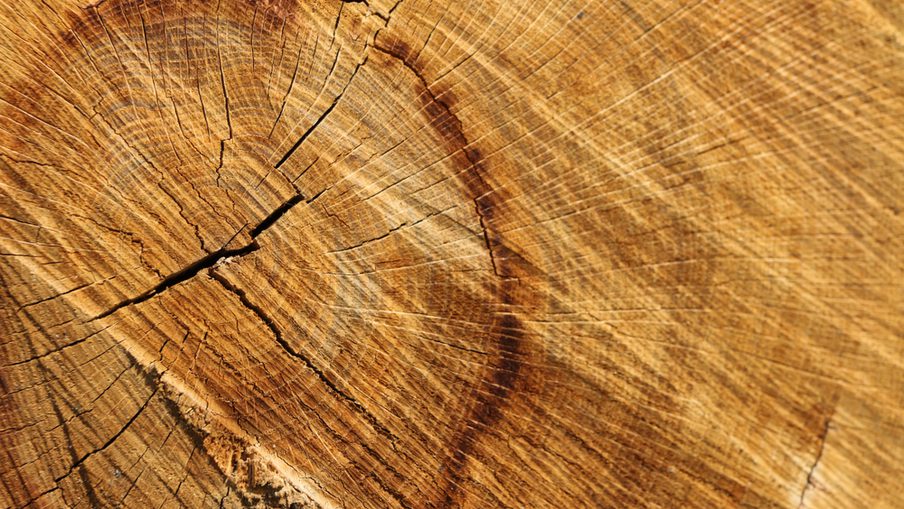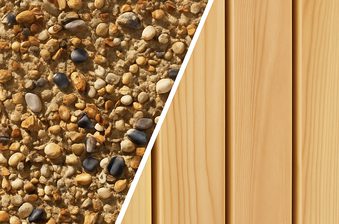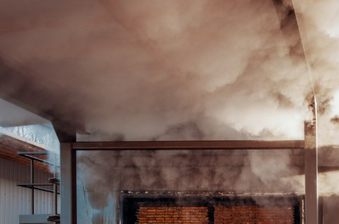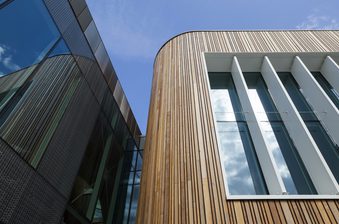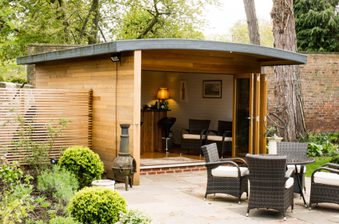They share part of their name, but how do these two beautiful, time-honoured timbers actually compare? Our team of experts are breaking down the differences between European and American white oak.
European oak, also referred to as English oak, common oak or pedunculate oak, is a large hardwood tree with broad, sweeping crown, sturdy branches and round-lobed leaves. A symbol of the British countryside, it is distributed across the UK and continental Europe.
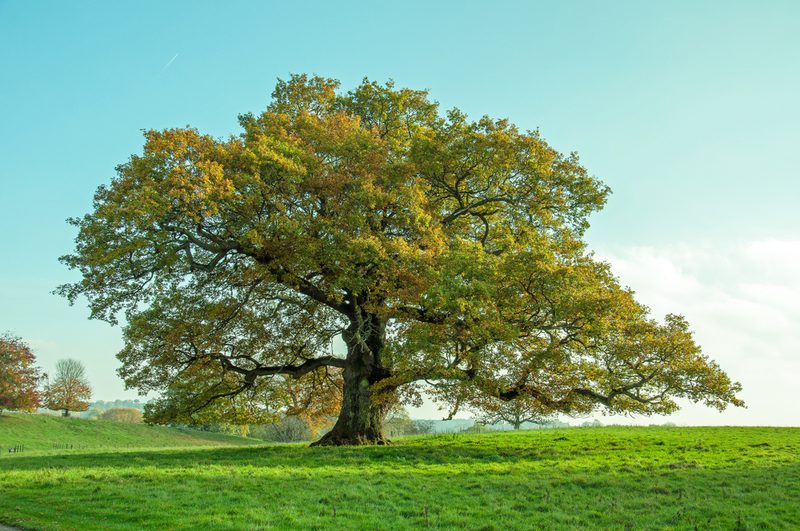
American white oak, also known as white oak, are common hardwood trees native to eastern and central North America. This species can grow to become exceptionally wide, with branches close to the ground that extend widely.

Both European and American oak are cultural icons, adorning coats of arms, emblems, flags and pub names throughout Europe and America. Both are hardwoods sharing the same scientific genus, Quercus. And, like all oaks, both species reproduce with acorns, each carried in a shallow cup.
But, to the more discerning eye, there are a number of key differences between these two types of oak.
European oak vs. American white oak: colour, tone and grain pattern
Boasting warm, honeyed golden browns, European oak generally has a darker, richer complexion than American oak, which tends to display a lighter tan colour with some pinkish and yellow hues.
European oak also has a more distinctive, wavy grain pattern with more prominent knots and swirls, providing character and rustic charm. You may see some instances of burr, a unique and eye-catching type of figuring. On the other hand, American oak’s less pronounced, straighter grain pattern is more uniform.
With a natural product like timber, some variation in tone is to be expected (and celebrated, we think!). In this regard, European oak is typically more consistent, with tight grain — American white oak can display a greater variation from board to board. The visual appeal of American oak is down to this colour variation rather than its grain.
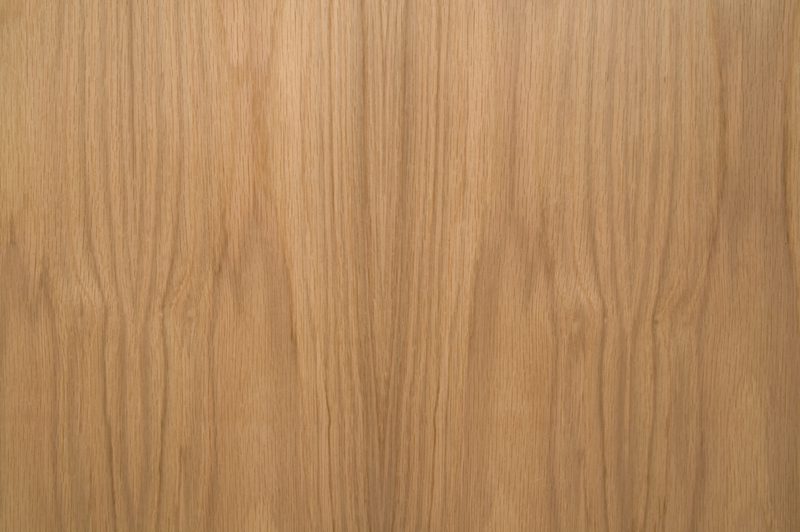

Because of the number of varieties, there can be differences in appearance even between different subspecies of European oak and American oak. Genetic differences, soil, climate and tree age can all affect a timber’s appearance.
When choosing either European oak or American white oak for your project, you may also be able to choose between prime or rustic grades; the former having a cleaner appearance, with the latter boasting more natural knots and swirls.
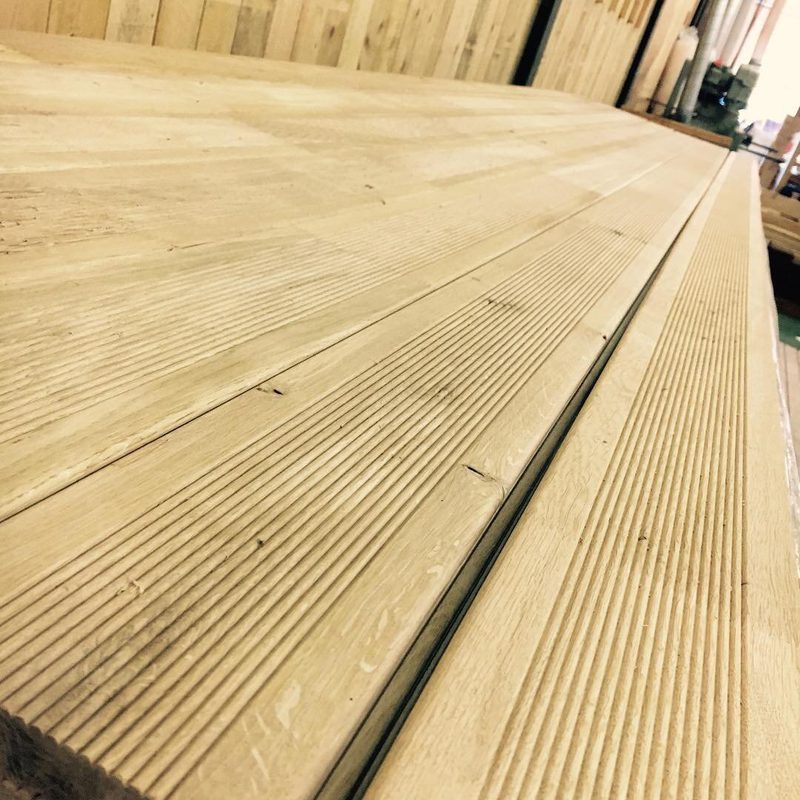
European vs. American white oak: strength and density
With densities in the region of 675kg/m³ and 759kg/m³ respectively, both European oak and American oak are strong, scratch-resistant hardwoods, but American oak does edge things.
On the Janka hardness scale — a test which measures how much force it takes to embed a small steel ball into the wood — European oak scores 1,120 lbf and American oak scores 1,360 lbf.
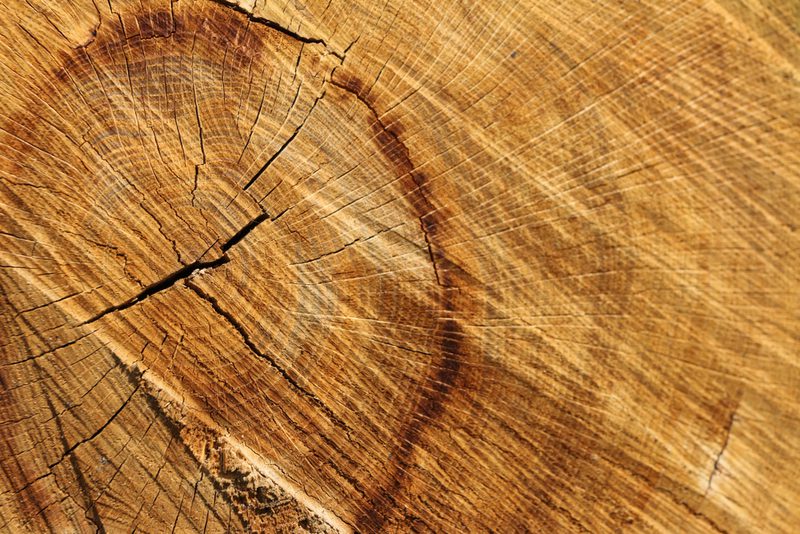
European oak vs. American white oak: outdoor durability
To be suitable for exterior use, a wood should be resistant to outdoor threats like moisture, UV and decay-causing fungi. In this regard, European oak is superior, particularly when it has been kiln-dried to seal the wood from moisture. This is why European oak is popularly applied for exterior cladding, decking and fencing.
Because American white oak has larger pores than European oak, it’s prone to admitting water, causing issues with warping over time. It can also discolour when exposed to the elements.
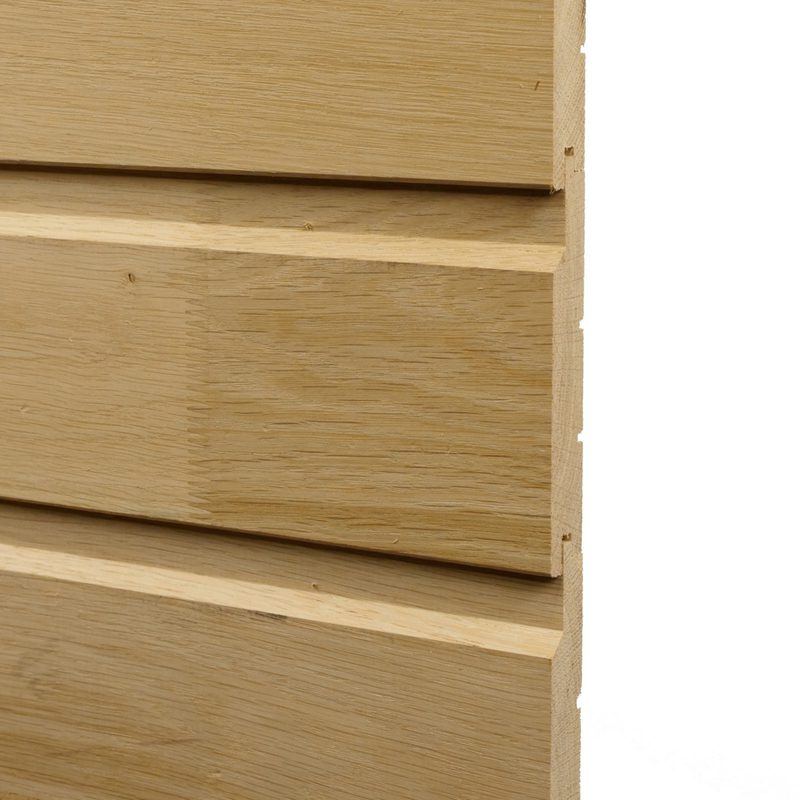
European oak vs. American white oak: popular uses
With excellent strength properties, both woods are suited to structural applications: homebuilding or oak-framed buildings like pergolas, gazebos, porches and garages. Naturally, European oak is more popular in the UK and throughout Europe, whereas American white oak is the go-to structural timber in America.
Both woods can be applied internally for flooring, furniture, cabinetry, work tops, doors and skirting. American oak’s more uniform appearance and subtler grain can make it the preferred choice for some designers; those looking to create a rustic, characterful interior theme may prefer European oak’s wavy grain.
Note that because of its resistance to moisture, expansion, contraction, European oak is less likely to warp and crack. It is therefore more suitable for bathrooms and kitchens.
It’s these properties that also make European oak more suited to external application than American white oak; the species is commonly used for cladding, decking and fencing. European oak is also sometimes sourced because of its greater size availability, for example in flooring projects where a wide plank or longer length board may be preferred.
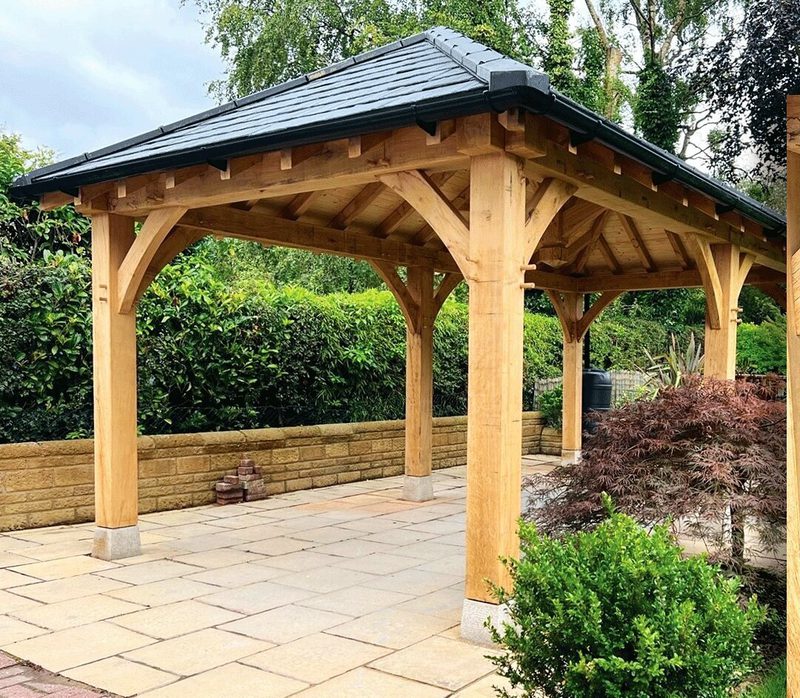

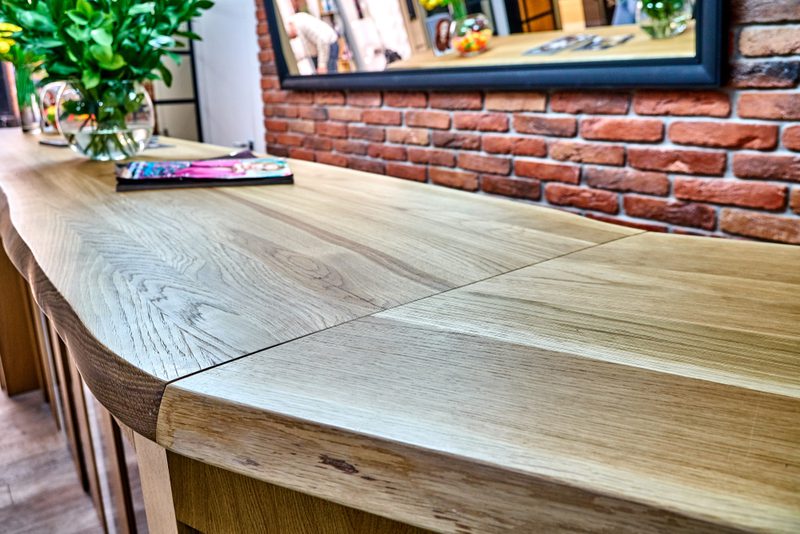

European oak vs. American white oak: finishing and fixing
European oak takes natural oil finishes very well and, as mentioned, is quite resistant to expansion and contraction. American oak finishes less consistently.
European oak also takes ‘fuming’ particularly well — a chemical process where the tannins in the wood are darkened. This provides a rich, walnut-like overall colour, enhancing the grain pattern; it’s popular for wood used internally for flooring or furniture. Results with American oak can still be fantastic but are typically more inconsistent.
Both species take screws and nails well. But, to avoid colour leaching, be sure to use stainless steel fixings with both European and American oak.
Considering oak for your next interior or exterior project?
We’re a leading UK importer and merchant of a range of timber products, all machined to profile on-site, including European and American oak.
What kind of project are you planning? Explore our range of premium sawn timber, cladding, decking, fencing and interior wall slats. We also stock a range of quality oak-framed buildings, oak beams and skirting and architrave profiles.
Click the ‘get in touch’ button below to get started. You’ll be assigned a project manager who’ll be with you from enquiry to delivery. As a third-generation family business, we pride ourselves on quality customer service.
You can also reach our team through our contact page, by phoning 01765 640 564 or by emailing sales@duffieldtimber.com.
